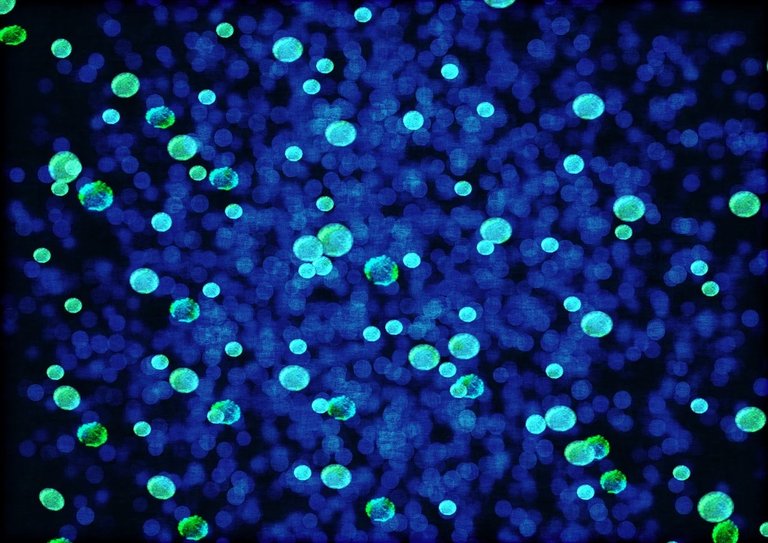The Microbial Metropolis: Your Body's Invisible Architects.
Hey STEM family, let's have an interesting discussion! I'll use some analogies to explain this favorite topic of mine. Did you know that deep within our bodies, there's a special place called the human microbiome. Think of it as a tiny city where lots of tiny living things live. These little residents are way more numerous than our own cells. Now let's take a stroll through the streets of this small city inside us. Here, bacteria and fungi are like the workers, doing things that help make us healthy and energetic. They have a big role in how our body functions and keeps us going every day. Interesting right 🤔?

Diversity: The Neighborhoods of Wellness
Now just how a city needs different neighborhoods to be strong, our internal world, the microbiome, needs various tiny living things to be healthy. Each type is like a unique vendor in a diverse market, playing a role in keeping the whole community in balance. For instance, Bacteroidetes and Firmicutes team up to manage metabolism, influencing weight and overall well-being. This mix ensures that our inside community stays robust and can tackle challenges that come its way.
Gut-Brain : Microbial Messengers
Now imagine Gut-Brain as a bustling street where messages travel between our stomach and brain. The microbiome acts like a clever traffic conductor, influencing our mood, thoughts, and actions. Some bacteria, like conductors in a chemical orchestra, produce serotonin, impacting our emotions. These small messengers play a role in how our gut and brain cooperate, and we're only beginning to grasp the details of this interaction.
Probiotics and Prebiotics
In our small world of microbes, probiotics act as friendly helpers, ensuring that everything inside works smoothly. You can discover them in foods like yogurt and things that have been fermented. These helpers(bacteria) are alive and play a vital role in keeping our digestion in check. Now, imagine prebiotics as the nutritious foundation – kind of like well-built roads that help good microbes grow and thrive. Foods rich in fiber serve as the crucial building blocks that keep our tiny world vibrant and full of activity.
Microbial Imbalance
Similar to how a city can become disorganized with poor planning, an imbalance in the microbiome can lead to health issues. Dysbiosis, the disturbance of microbial balance, is connected to conditions like inflammatory bowel disease, allergies, and mental health disorders. Imagine the microbial city facing problems – like a disrupted plan in the city, causing troubles in the overall health picture. It's when the tiny world inside us is experiencing challenges that affect how everything works together for our well-being.
Conclusion: Nurturing the Microbial Megacity
As we journey through the active paths of our small microbial world, it becomes evident that our bodies are not isolated but intricate systems. Understanding and looking after this unseen city can enhance our health. Therefore, when you savor a yogurt parfait or indulge in fiber-rich foods, realize that you're not only nourishing yourself but also supporting the health of the tiny microbial community within. But also remember to do it in moderation. The architects of your microbiome are grateful for your care!
Reference and further studies:
https://www.ncbi.nlm.nih.gov/pmc/articles/PMC5440985/
https://pubmed.ncbi.nlm.nih.gov/33139627/#:~:text=The%20Firmicutes%2FBacteroidetes%20(F%2F,inflammatory%20bowel%20disease%20(IBD).
https://www.niehs.nih.gov/health/topics/science/microbiome/index.cfm
https://www.healthline.com/nutrition/gut-microbiome-and-health
There is reasonable evidence that this article is machine-generated. Posting such content is considered fraud.
Fraud is discouraged by the community and may result in the account being Blacklisted.
Guide: AI-Generated Content = Not Original Content
If you believe this comment is in error, please contact us in #appeals in Discord.